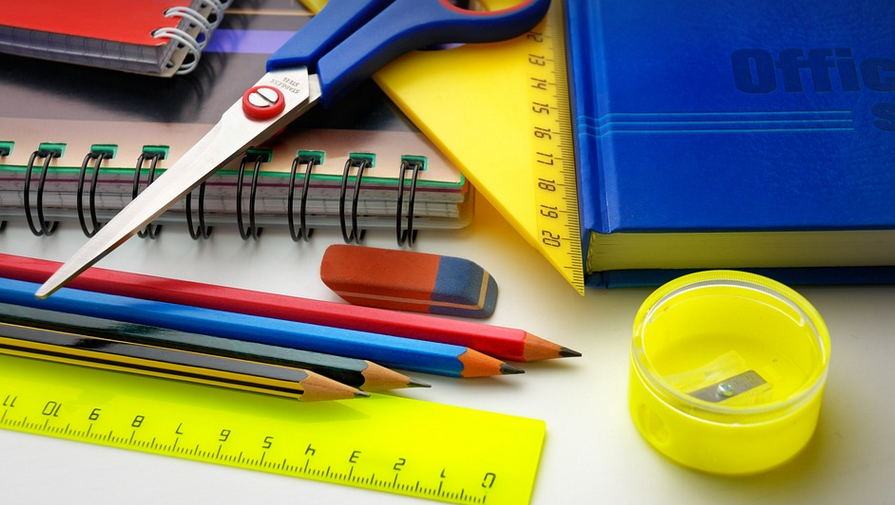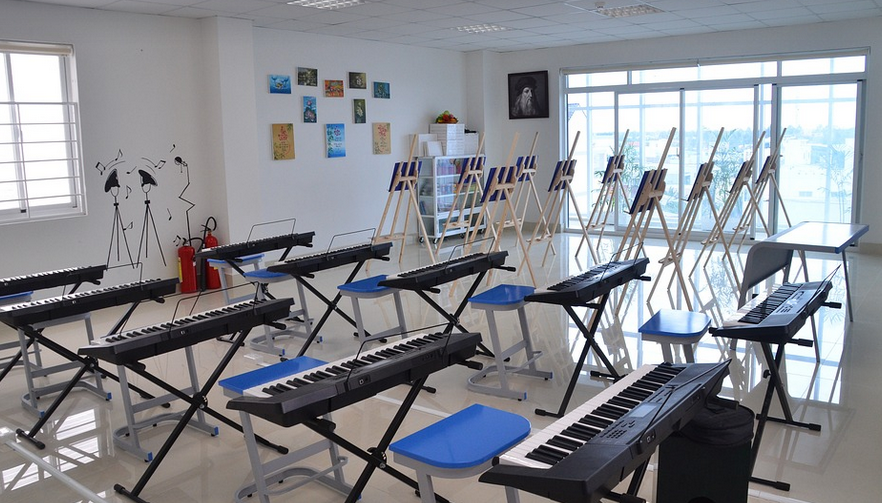
Understanding the Basics
Dog training collars, also known as dog leashes or anti-pull harnesses, can be a valuable tool for communication between humans and dogs. They provide a structured way for owners to manage their canine companions, especially during walks or activities that require consistent control. But before diving into the specifics of different collars, it’s important to understand the general principles behind effective training.
One key aspect is understanding your dog’s behavior and personality. Some dogs are naturally more prone to pulling on the leash than others. A gentle tug or a quick correction might be enough for a highly sensitive pup, while a rambunctious hound might require more assertive techniques like voice commands, timeouts, and positive reinforcement.
Additionally, consistency is crucial. It’s not just about using the collar; it’s about ensuring everyone on board understands the training plan and uses consistent cues for direction and rewards.
Types of Dog Training Collars
The world of dog collars can feel overwhelming if you’re just starting out! But don’t worry, there are several types to choose from. The first thing to consider is your dog’s size, activity level, and temperament.
For smaller or less active dogs, a standard collar with a leash attachment can be sufficient. These collars offer basic control and may come in playful colors. However, for larger breeds or those that pull during walks, you might need something more durable. For instance, lightweight nylon collars are popular for their flexibility and ease of use.
If your dog tends to get excited on the leash and needs extra training support, a martingale collar is worth considering. This type of collar has a safety link that tightens slightly if your dog pulls or gets overly enthusiastic. They can be very effective in calming pulling behavior.
Harness Training: The Power of Positive Reinforcement
Training with a harness is often recommended by trainers as it encourages engagement and control rather than solely rely on physical restraint.
Harnesses work by distributing pressure across the dog’s chest, promoting a more controlled walking experience. This type of training often involves redirecting your dog’s behavior, encouraging them to walk beside you with increased focus.
Training Techniques: A Gentle Approach
Using positive reinforcement is key to successful dog training. Instead of relying on punishment for pulling or undesirable behaviour, focus on rewarding good behavior and training through consistent positive experience.
When your dog walks next to you, offer verbal praise and treats for a calm walk. If the dog starts pulling or getting excited, stop walking, turn your back on them, and reward positive behaviour. Training should be fun and engaging for both you and your canine companion.
Beyond Basic Training:
Training doesn’t end with leash etiquette. Teaching commands like “sit,” “stay,” or “leave it” can help build a strong foundation of communication between you and your furry friend. These basic commands will be useful for various situations, from grocery trips to playtime with other dogs.
Safety First: Choosing the Right Collar
When selecting a dog collar, consider its material, fit, and intended purpose. Some collars are designed for everyday use, while others offer more specialized features like adjustable sizes or quick release mechanisms in case of emergency situations.
Always prioritize your dog’s comfort when choosing a collar. A poorly fitting collar can lead to discomfort and even injuries. Ensure the collar fits securely but isn’t too tight.
A Final Thought
Training a dog with a collar is an investment in trust, understanding, and a fulfilling relationship. Remember that training takes time, patience, and consistency. Start small, celebrate successes, and be patient; you’ll soon see the benefits of your efforts as your canine partner becomes a well-behaved companion!





